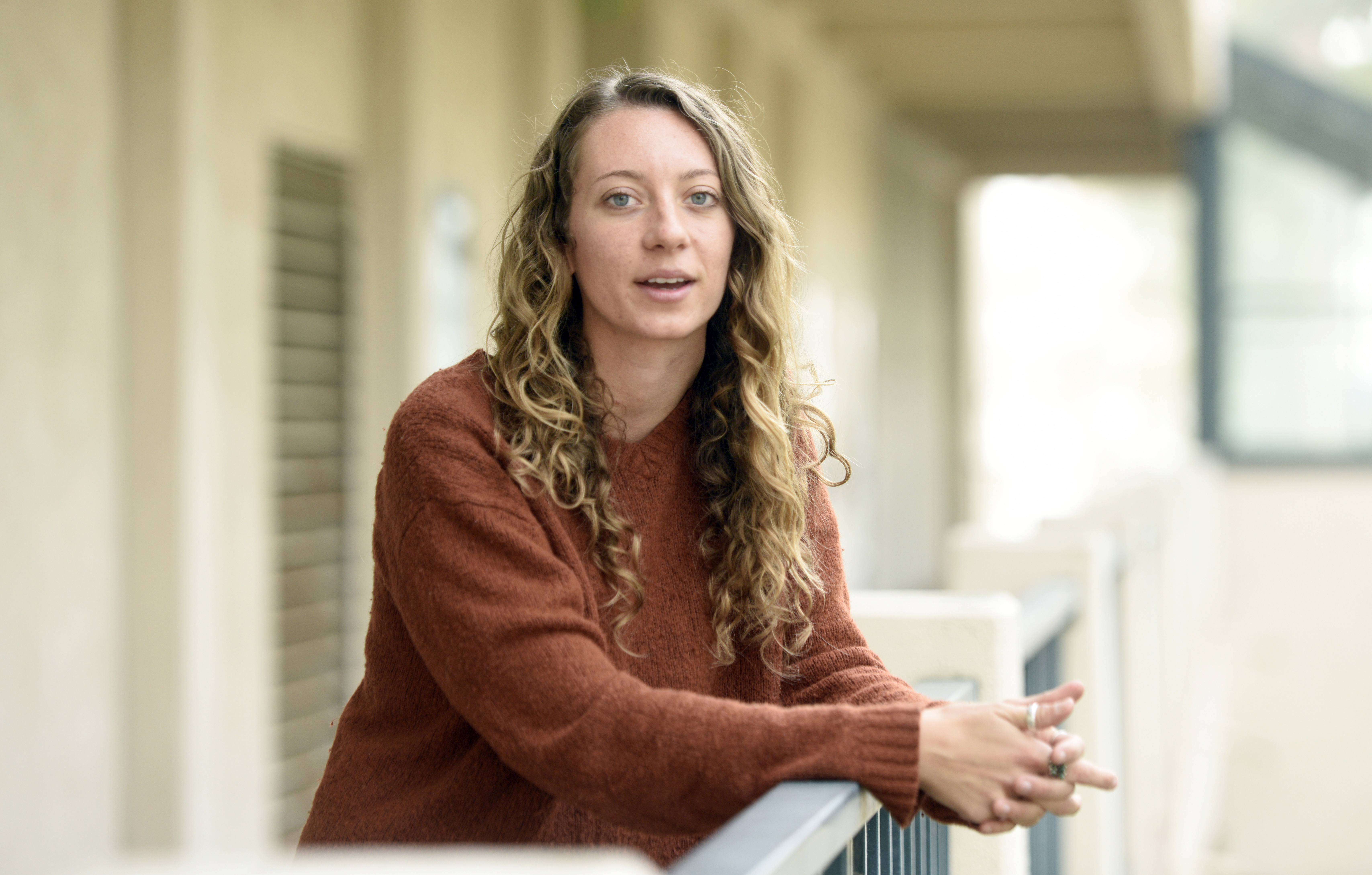Santa Barbara Prepares to March for Science
Organizers Focusing on Two Pieces of California Legislation

Community members celebrating Earth Day festivities April 22 might notice a new element this year: two or three thousand protestors marching up and down State Street. This is the Santa Barbara March for Science, one of 480 satellite demonstrations happening in places as far-flung as Guam, Uganda, Greenland, and Chile. The main event, as with the Women’s March, is in Washington, D.C.
The protest was originally organized in January, primarily in response to the Trump administration’s dismissive attitude toward climate science, including the threat to pull out of the Paris Agreement, the temporary grant freeze imposed on the EPA, and the gag orders restricting a number of federal agencies, including the EPA, USDA, and HHS, from communicating with the public. The response was tremendous: within a week, the March for Science campaign had a reported 1.3 million supporters across social media platforms.
But the March for Science movement has a larger goal: to show support for empirical science itself. The website’s mission statement declares that “[t]he application of science to policy is not a partisan issue. Anti-science agendas and policies have been advanced by politicians on both sides of the aisle, and they harm everyone — without exception.” That nonpartisan aspect is important, said Raeanne Napoleon, a Chemistry professor at SBCC who will speak at the protest. “The left tends to be so arrogant towards the right when it comes to things like climate change,” she explained, but “they have their own flavor of denialism.” She cited some liberals’ suspicions of GMOs and the anti-vaccination movement, neither of which is supported by scientific consensus, as examples.
Debora Iglesias-Rodriguez, a professor of Biological Oceanography at UCSB who will speak at the event, came to the U.S. to do research after living in Spain and the U.K. “The U.S.A. was a culture of scientific innovation, discovery, taking risks to do research that could lead to something transformative,” she explained. The march may be political, but the stakes are high: “This moment could lay down the foundation for a new culture.”

Santa Barbara’s culture of environmental activism gives our city’s protest a particularly close association with climate-change awareness. Demonstrators are encouraged to join the Earth Day Festival after the event. Jorie Mitchell, a Biological Sciences student at SBCC who is the march’s primary organizer, said she hopes that the People’s Climate Rally, a separate demonstration scheduled for April 29 that focuses on practical activism, will keep the fire stoked. “I’m hoping the march will motivate people, and the climate rally will offer them more sustained ways to contribute.”
In addition, Santa Barbara organizers are focused on supporting two proposed pieces of California legislation. Senate Bill 51, the Whistleblower and Public Data Protection Act, would protect federal employees who report illegal or unethical actions like the destruction of information. It also puts measures in place to keep scientific data from being censored or destroyed by the federal government. Assembly Joint Resolution 9, created specifically to reinforce the goals of the March for Science, affirms the importance of supporting scientific research and education, and of using scientific discoveries in policymaking. “Before this, I was always really passionate about climate change and science,” Mitchell said, “but I had no idea how voting [on legislative bills] would affect that.”
The March for Science movement has garnered a lot of support and attention from scientists and activists alike, and over 100 scientific organizations nationwide have come out in support of it. The Museum of Natural History, MOXI, Indivisible Santa Barbara, the Community Environmental Council, the SBCC Biological Sciences Department, and the San Francisco-based NextGen Climate have all offered support for the Santa Barbara event, Mitchell said. But it’s also generated some controversy, with critics arguing that science should be kept separate from political activism. Bruce Tiffney, an Earth Science professor at UCSB, is concerned that the march makes scientists look like “another interest group.” “Should scientists be activists? We absolutely have to be,” he said. But they should be participating in regional politics and public service, not demonstrating. “It needs to be in terms of showing what we bring to the table: a perspective, and a way of learning about the natural world,” he said.
Napoleon thinks that scientists need to educate people about what science has to offer, but she has a different perspective on the protest. “The scientific process is under attack right now,” she said. “The Trump administration is defunding major institutions and stifling their communication. Scientists may not want it to be politicized, but guess what? It’s politicized.”
Protestors will convene at De La Guerra Plaza to hear from area figures involved in science, conservation, and sustainability, before marching down State Street to the ocean and back up to the Earth Day festival in Alameda Park. In addition to Napoleon and Iglesias-Rodriguez, speakers will include Mayor Helene Schneider; Dr. Karl Hutterer, Emeritus Director of the Santa Barbara Museum of Natural History; and Dr. Denise Knapp, Director of Conservation and Research at the Santa Barbara Botanic Garden. The action begins at 11 a.m. at De La Guerra Plaza.


